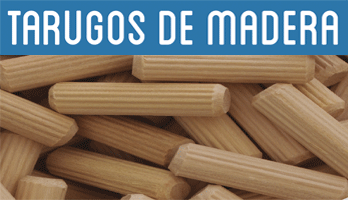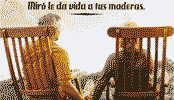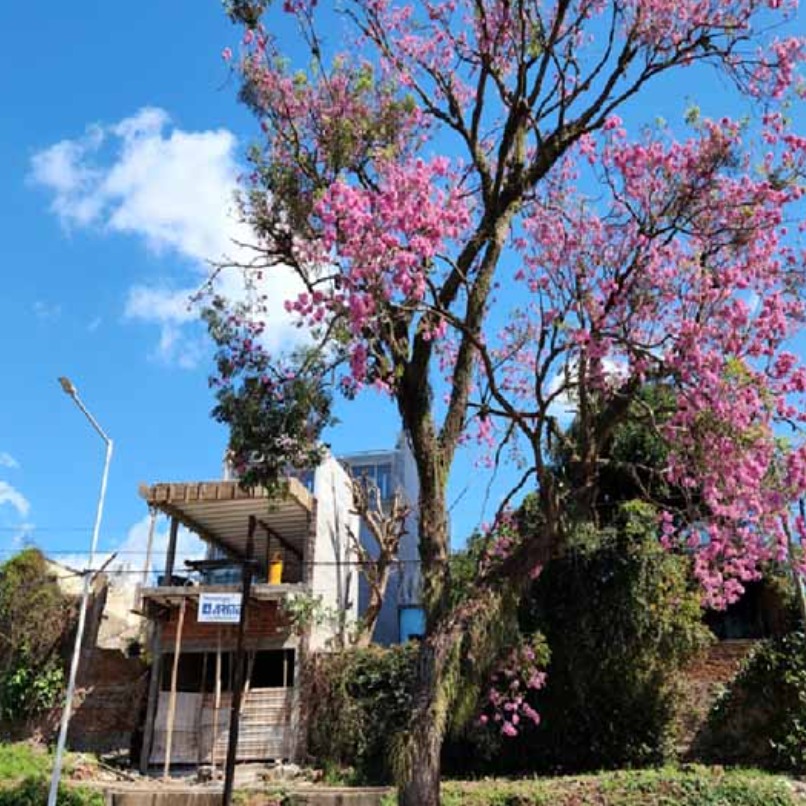
International Forest Week 2025 - The role of forests in food security and nutrition
This Friday, March 21, 2025, at 5:00 p.m., in coincidence with International Forest Day, the College of Forestry Engineers of Misiones, together with neighbors and professionals in the sector will meet in Posadas to place the commemorative plaque, reaffirming the commitment to the preservation of this emblematic tree and its importance for the missionary ecosystem.
Within the framework of the International Forest Week 2025, the College of Forestry Engineers of Misiones invites the community to participate in an act of revaluation of the Lapacho Natural Monument and Provincial Flor de Misiones. It will be on Friday, March 21, 2025, at 5:00 p.m. Commitment to the preservation of this emblematic tree and its importance for the Missionary Ecosystem Activity will consist of the placement of a commemorative plaque next to a specimen of Tabebuia Heptaphylla, located in the fourth section of the Costanera de Posadas, at the intersection of the streets Colonel López and Salta, in the Villa mole neighbor quality of its wood, but also for its fundamental role in the conservation of biodiversity. Its seeds are essential for wooded programs and represents a key refuge for birds, bees and other pollinating agents. However, it is currently at risk of being carved for particular use, which has generated concern in the community. From the College of Forest Engineers we commit ourselves to environmental education and the conservation of our native flora. This copy is part of our natural heritage and is protected by Law XVI-Nº91 (formerly Law 4318), which declares the black lapacho as a natural monument and official flower of the province of Misiones, ?said Gladis Flores, vice president of the institution.The event seeks to raise awareness about the relevance of forest ecosystems and their components, promoting citizen participation in the protection of the natural heritage of the province.
IT MAY INTEREST YOU
 Combilift Unveils the 2025 Christmas video “Twelve Days of Christmas” – with a Twist!
Combilift Unveils the 2025 Christmas video “Twelve Days of Christmas” – with a Twist!
Monaghan, Ireland – November 2025
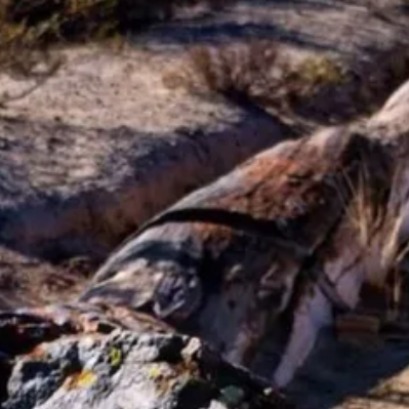 The forest of the oldest shadows: the story of the petrified trees
The forest of the oldest shadows: the story of the petrified trees
One of the natural treasures of Río Negro turns 23 years old under the protection law that allows its conservation. Where it is and how it was formed. Río Negro celebrates 23 years of conservation in the petrified forest as a Protected Natural Area (ANP). It is a space of 625 hectares that protects an exceptional site of fossil trunks that date back more than 60 million years.
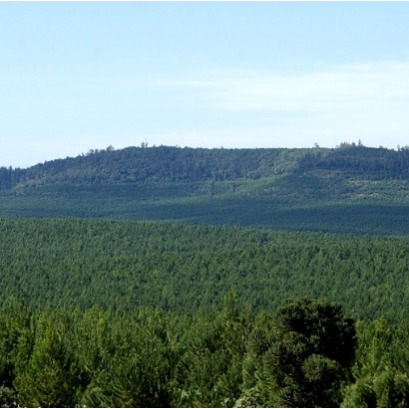 Free seminar on the implementation of the European EUDR regulation on deforestation-free wood products
Free seminar on the implementation of the European EUDR regulation on deforestation-free wood products
The Argentine Forestry Association (AFoA) organizes the seminar «EUDR in Forest Products: Current status of implementation. Regulatory requirements and private experiences", which will take place on Wednesday, November 26, from 11:00 a.m. to 12:00 p.m., via Zoom, with live streaming on YouTube. The European Regulation on Deforestation-Free Products (EUDR) will enter into force on December 31, 2025 and will impose new requirements for forest products entering the European Union market.








